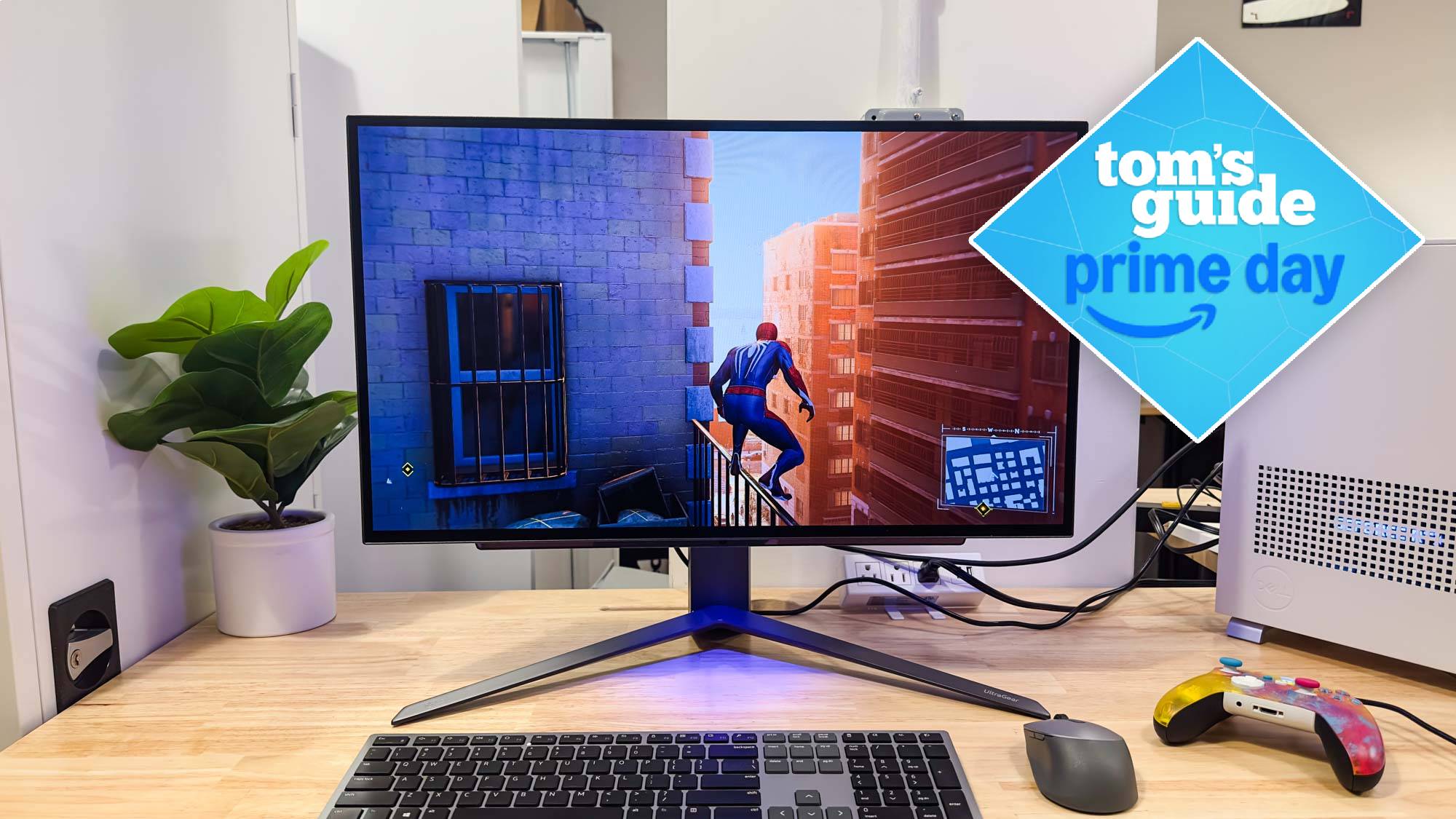Nintendo Switch OLED — should you wait or buy a Switch now?
The Nintendo Switch OLED is coming on October 8, but should you wait or just buy the current model now?
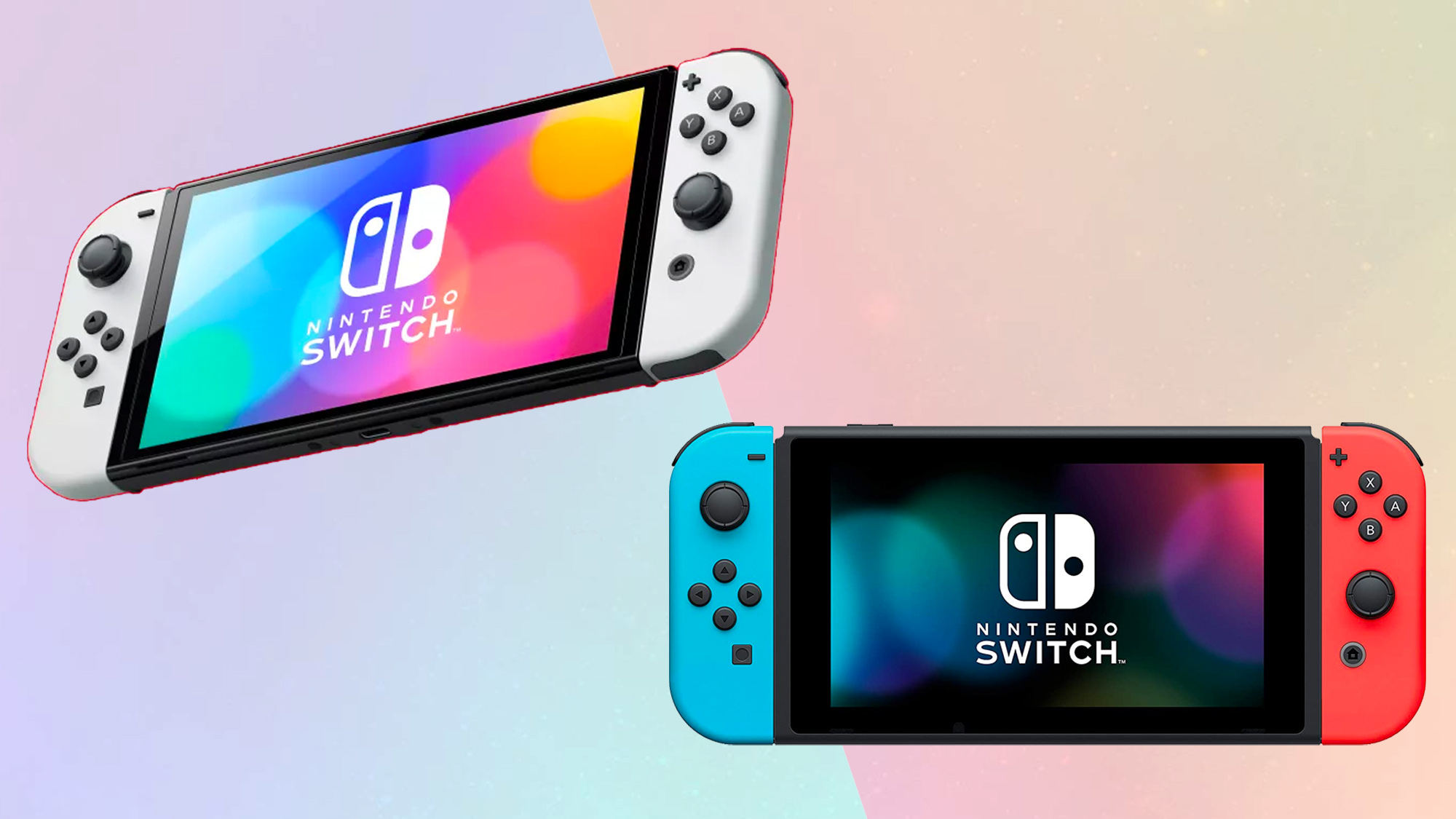
A new Nintendo Switch is coming on October 8. No, it’s not the 4K Switch Pro we were hoping for, but it does offer its own array of modest improvements that, for some people, will make it worth waiting for.
You can read about the key differences between the Nintendo Switch and Switch OLED here, but in this piece, I’ll try and give a more subjective viewpoint. If you’re dead-set on buying a Nintendo Switch — which you should be, as it’s a fantastic system with a mature library of games — it might help you decide whether you should buy one now or wait for the Switch OLED.
- The best Nintendo Switch games
- Everything we know about Nintendo Switch 2
- Plus: Nintendo Direct September 2021 live blog: New games and other announcements as they happen
Here are five reasons to wait for the release of the Nintendo Switch OLED, and six reasons to buy the existing hardware right now instead.
5 reasons to wait for the Nintendo Switch OLED

The Nintendo Switch OLED is set to be better on the go
While you won’t see much of a difference when playing your Switch OLED docked, on the move it receives a handful of really useful quality-of-life improvements. The first one is in the name: OLED is generally regarded as being superior screen technology to the LCD panels used in the original Switch, offering better contrast and deeper blacks.
But it doesn’t stop there. The new Switch’s OLED panel is 0.8-inches — or 13% — larger than the existing one, without offering much extra bulk, thanks to a reduced bezel. If you like to play the Switch in tabletop mode, it also has a more sensibly designed kickstand, which looks a whole lot less flimsy. In short, if you’re out and about, it’s set to be a markedly better experience than the current model.
You can unlock faster download speeds when docked
Get instant access to breaking news, the hottest reviews, great deals and helpful tips.
Currently, the Nintendo Switch only has Wi-Fi built in for downloading games and playing online, and while that’s undoubtedly the convenient way to play, it doesn’t offer the speed and reliability of a wired connection. The new dock comes with an Ethernet port built in, so you can wire your Switch straight to your router for the best possible online performance.
There’s more space for games
The Switch OLED doubles the built-in storage on offer from 32GB to 64GB. Given most Switch games come in between 4- and 8GB, that’s not insignificant.
Yes, both models let you expand that storage with a microSD card, but with Digital Foundry finding that the internal storage offers faster performance, more space is definitely better.
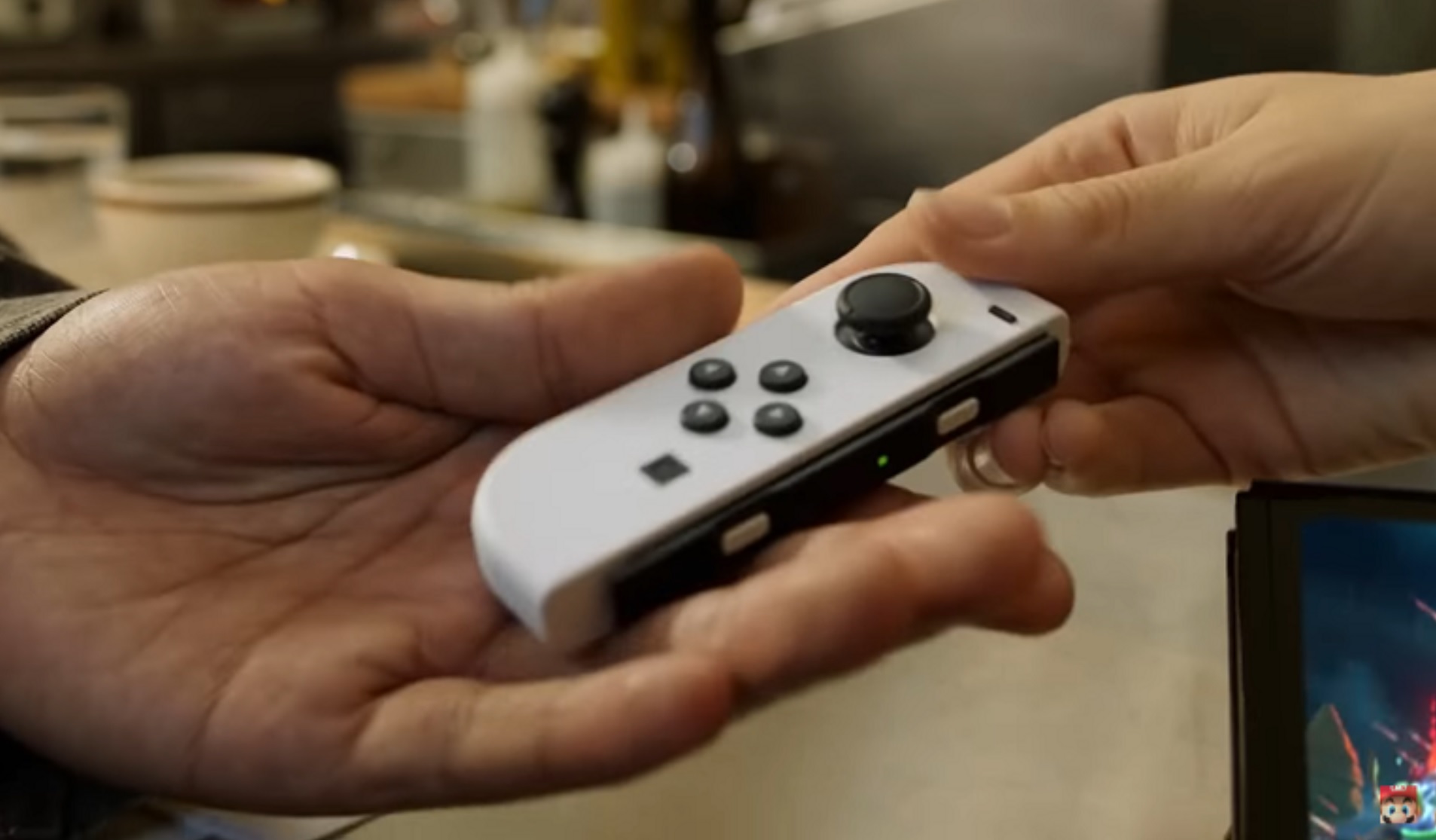
There may be hidden reliability improvements
OK, so this one is a little speculative, but it’s worth at least holding out to see. Since launch, the existing Nintendo Switch has been plagued by something called Joy-Con drift, where the built-in controllers gradually deteriorate until the analogue sticks begin to move a little on their own, causing in-game problems.
Nintendo hasn’t said if the Joy-Con tech in the new models is better, and it's notable that existing controllers will work with it. But it’s also possible that those fancy white Joy-Cons offer more than just a cosmetic improvement.
Patience can lead to price cuts
Nintendo has already revealed that the existing Switch will get a price cut in Europe when the OLED model arrives, and while the American wing says it has no plans to follow suit, that doesn’t mean that individual retailers won’t offer their own savings to try and clear stock.
In other words, even if you don’t plan on buying a Switch OLED, it may pay to wait.
6 reasons to buy a Nintendo Switch now instead

It’s basically the same console
For all Nintendo's attempts to outline the advantages of the new hardware, it’s hard to get past the feeling that, for the most part, this is the same product and any improvements will feel marginal. It has the same processor, outputs at the same resolution (both handheld and docked), has a very similar design and even has the same promised 4.5 to 9-hour battery life.
Put it this way: I have a first-generation Switch, and I don’t feel remotely tempted to upgrade.
The storage is expansive, so you don’t need the extra space
The 64GB of internal storage is a selling point, but with the microSD card slot offering support for cards of up to 2TB in size, it doesn’t feel entirely necessary.
Yes, this may offer slower performance, but without the two consoles side by side, you’d be unlikely to notice. Plus, if some games do perform better on the built-in storage, 32GB is still ample for key titles, given Switch games’ relatively small footprint.
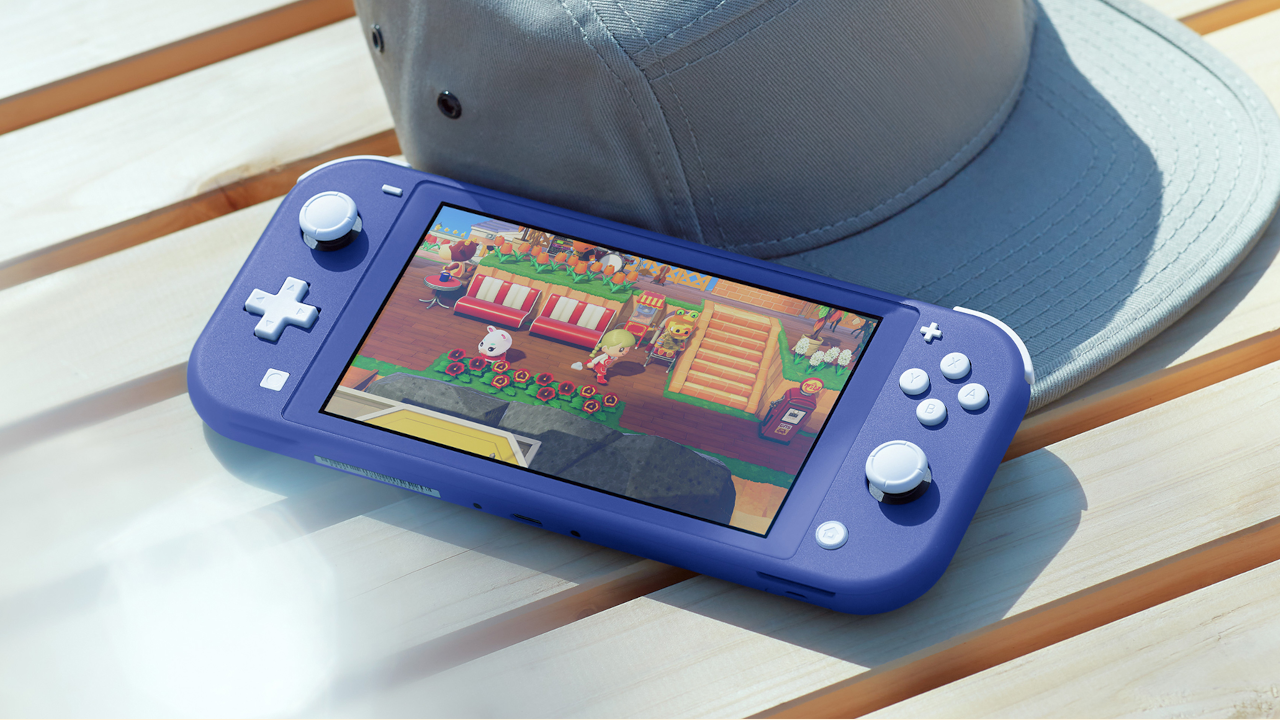
Handheld mode may be better… but not as optimal as the Switch Lite
There are reasons to suspect that the Switch OLED will be a better handheld gaming machine thanks to its larger screen and OLED panel, as outlined above. But if handheld gaming is all you want it for, then you’re probably better served with the Switch Lite, which is optimized for on-the-go play.
The original Switch feels more bulky and awkward in the hand and, while good for portable gaming in a pinch, it isn’t that comfortable for extended sessions. It’s hard to imagine that the Switch OLED will be much different.
It’s cheaper
Even without the tantalizing possibility of a price cut, the older Switch hardware will be cheaper. While the new Switch OLED is set to sell for $350, the older hardware can be had for $299. Go pre-owned, and the price difference will be even more stark.
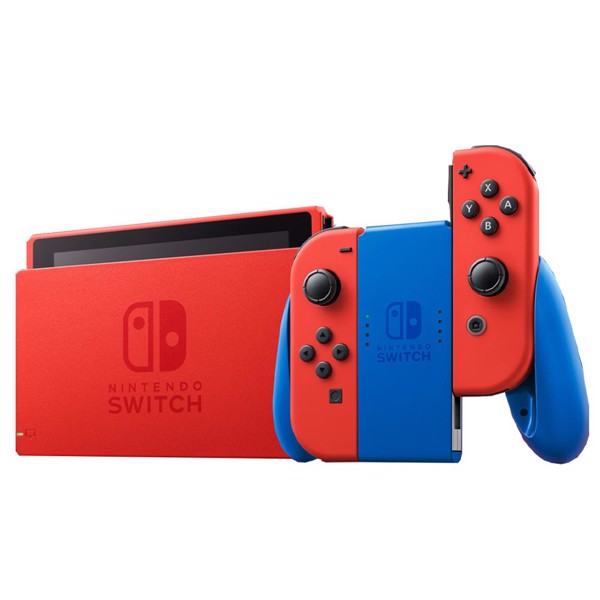
You get way more color choices
The Switch OLED looks very stylish in white, but that’s currently the only option. Yes, you can spruce it up with existing Joy-Cons, but that’s just an added expense, and any theoretical reliability improvements will be lost, too.
The original Switch, meanwhile, comes in gray, neon, or limited-edition colors like Super Mario Red or Animal Crossing’s pastel shades.
There may be shortages
The Switch has been subject to stock shortages in the past, but at the moment it’s reasonably easy to find Nintendo Switch stock. We don’t know what kind of demand there will be for the Switch OLED yet, but given the difficulty in finding other games consoles in 2021, are you really happy to leave that to chance?
Bottom line
It may be 6-5 to buying an original Nintendo Switch right now, but these points aren’t evenly weighted, and holding on for the Switch OLED could well be better for you.
If money is no object and you’re happy to wait, then the Switch OLED is objectively the better hardware. But it’s also possible that anybody who buys a Switch now won’t be missing out on that much. Until we've tested the new model we won't know for sure how much of an upgrade it is, but if you're making a buying decision right now then we suggest you weigh up the pros and cons above and do what’s right for you.
- More: Where to buy Switch OLED
Freelance contributor Alan has been writing about tech for over a decade, covering phones, drones and everything in between. Previously Deputy Editor of tech site Alphr, his words are found all over the web and in the occasional magazine too. When not weighing up the pros and cons of the latest smartwatch, you'll probably find him tackling his ever-growing games backlog. He also handles all the Wordle coverage on Tom's Guide and has been playing the addictive NYT game for the last several years in an effort to keep his streak forever intact.

